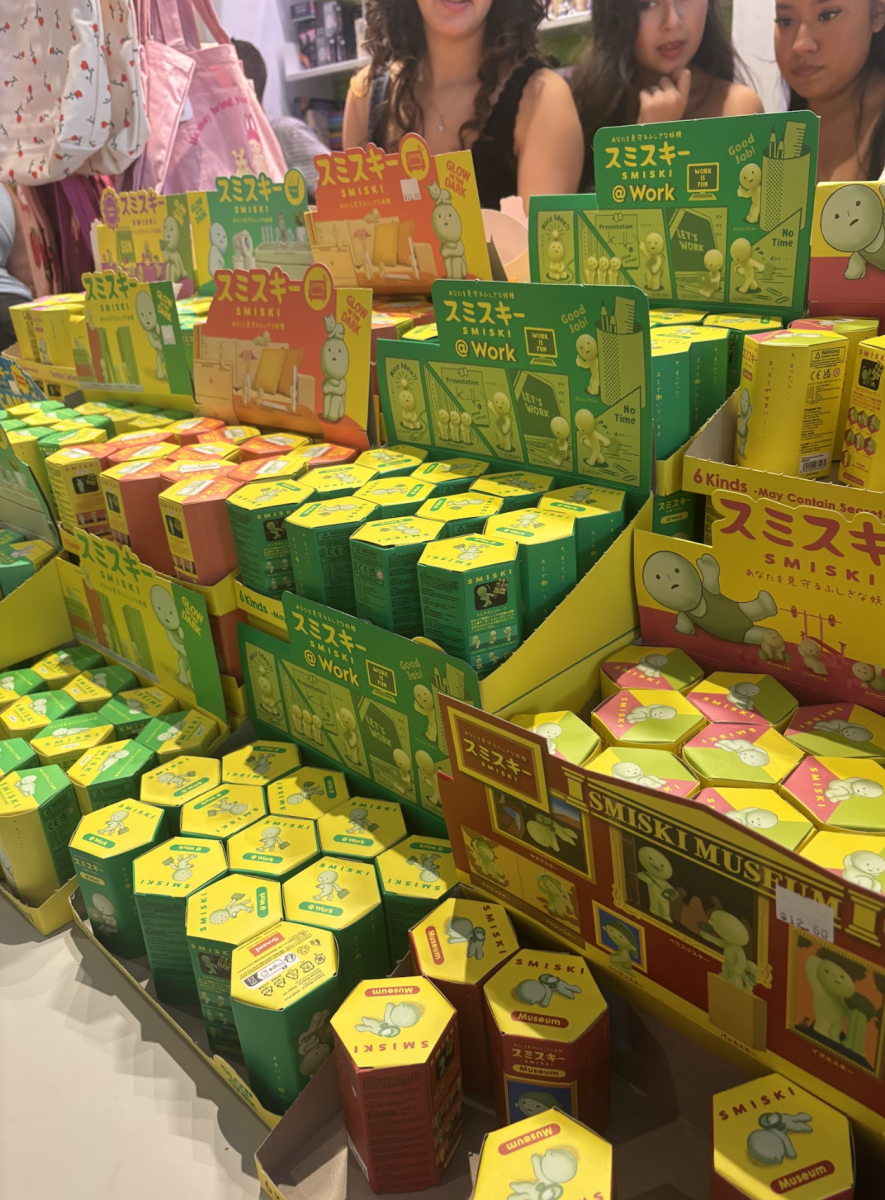Despite Cliché Island Crash Stories, ‘The Wilds’ Sticks the Landing
February 18, 2021
Usually, I spend my time rewatching beloved comfort shows, but recently, I’ve been venturing into discovering new shows and keeping up with pop culture. The most recent show I’ve discovered is Amazon Prime’s The Wilds. The show takes the beaten-to-death premise of castaways on an island dealing with physical and emotional hardship and puts it on a more modern, relevant path.
The Wilds features eight teenage girls who supposedly crash-land into the ocean and salvage their lives on a remote island—the twist is that a secret corporation meticulously planned the crash and is watching their every move as a sort of sick and twisted “social experiment” on female behavior. The show concentrates on the girls’ backstories through flashbacks and the ways in which their histories affect their time on the island. Although it relies on clichés about power struggle and survival, the show mixes it up with its own dramatic and creepy twists.
My first impression of the show was negative: each episode focuses on a different girl, and the first story of Leah seemed cheesy and irrelevant compared to the other girls’ hardships (those of which I will not spoil!). Because each episode centers around a specific character, some episodes are more compelling and powerful than others. For example, I thought Rachel and Dot’s backstories were far more complex and dire than the rest of the girls’ stories, rendering them insignificant in comparison. Leah’s story wasn’t exactly boring, just annoying and trite, but in episode three, which focuses on Dot, the show switches gears into a more elaborate and thoughtful plot. As the show progresses, the audience learns more and more about the secret corporation piloting this ill-fated “social experiment,” and we see exactly why these girls were chosen for it. The corporation storyline is ultimately what drives the show more than the girls’ backstories. I kept wanting to watch more episodes primarily to see the motive behind the insane motive for the experiment, which is eventually revealed.
While the girls’ backstories serve more as a subplot, I appreciate the attention given to their hardships. Most of them are heartbreaking and incredibly frustrating, making me like some characters I would have otherwise ignored without knowing their history. In addition to the varied histories, the wide range of personalities in this show is amazing. The girls were chosen for a reason based on how different their personalities were, which makes for very entertaining relationships and interactions. Moreover, the girls’ personalities play off of one another to help them survive, and in some cases, discover the truth behind why they ended up on this mysterious island in the first place. Before, I said Leah’s personal story didn’t invoke my sympathy, but the show cleverly makes up for her lackluster history by giving her a much stronger role on the island itself. Essentially, we see characters who have a less compelling backstory make up for it on the island while the more tragic characters fall behind in making sufficient progress, creating discord between the girls.
On the surface, the show comes off as overdone—just like a modern, female version of Lord of The Flies. But once you dig in and actually analyze the characters, you begin to appreciate how the show highlights the psyche of teenagers. In the end, they are still just teenage girls dealing with life’s challenges.










